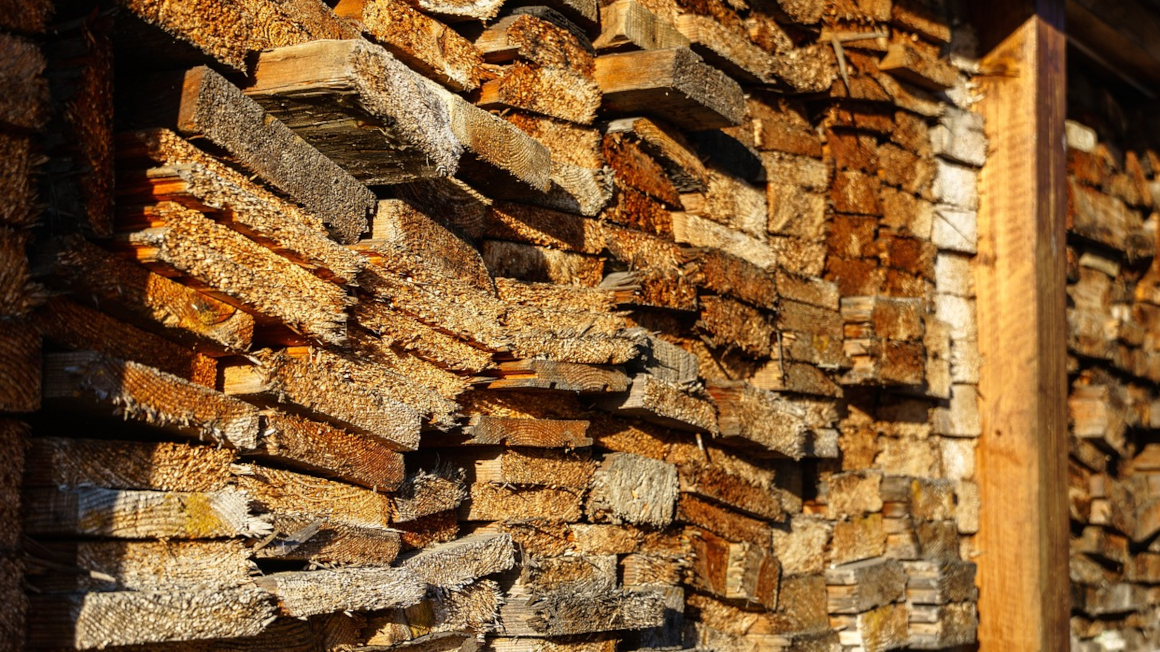Biodegradable alternative to HD polyethylene developed
A special polyester has properties comparable to thermoplastics and is both recyclable and microbially degradable.

High-density polyethylenes (HDPE) are popular materials for plastic containers, sheets and films because they form particularly robust and durable thermoplastics. These properties result from the way the molecular chains of the plastic combine - usually arranged in crystalline structures. However, the chemical structure of high-density polyethylene has a disadvantage: it is an almost pure hydrocarbon without functional groups, i.e. without reactive side elements of the main chain. Enzymes, however, need these functional groups to decompose the plastic and thus biodegrade it.
Almost as crystalline as HDPE
Chemists led by Stefan Mecking from the University of Constance have now presented an alternative material in the journal „Angewandte Chemie“ that can be used in a similar way to HDPE and is biodegradable, but can also be chemically recycled using mild processes. The material is a special polyester.
Polyesters have functional groups that make them biodegradable or amenable to chemical reactions. However, these groups limit the extent to which the plastic can arrange itself in crystalline form. The newly developed polyester is different: it has a similar crystallinity to HDPE.
Degradable by enzymes and soil organisms
This had no effect on the biodegradability: "We tested the degradation with naturally occurring enzymes, and it was faster than with our reference material," reports Mecking. Not only did the enzyme solutions degrade the material, but the microorganisms in the soil were also able to completely decompose the polyester. The key factor here is presumably the basic building block ethylene glycol used in the polyester. "This provides the high melting point, but also increases the degradability of these polyethylene-like materials," explains the chemist.
Mecking can imagine this polyester being used as a thermoplastic and ideally being recycled in a closed cycle. Should the plastic end up in nature, it would at least be naturally degradable there over time.
bl


